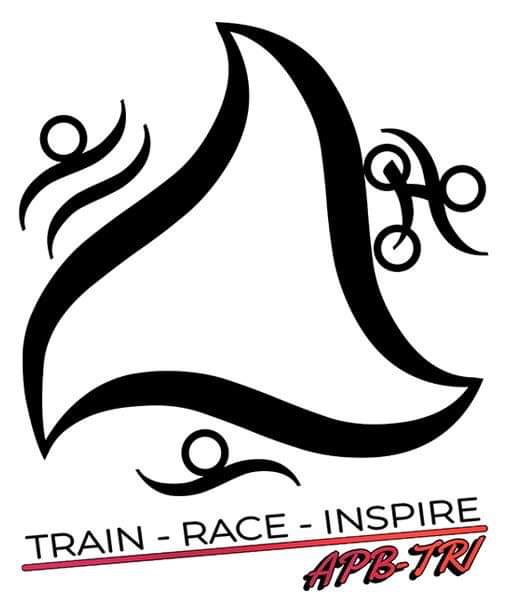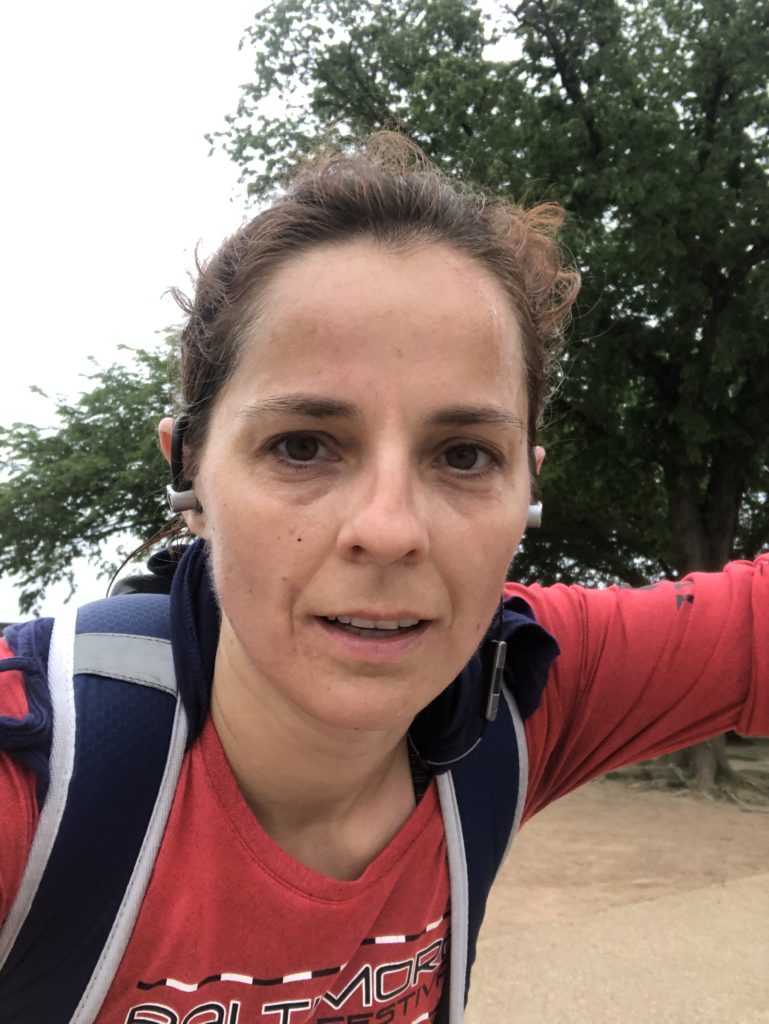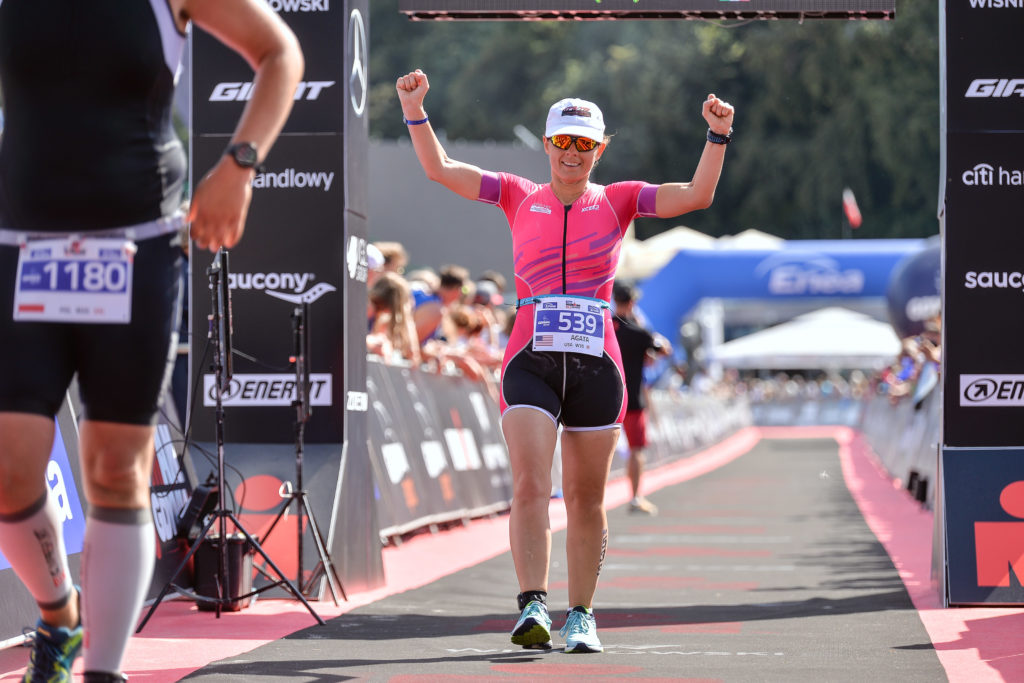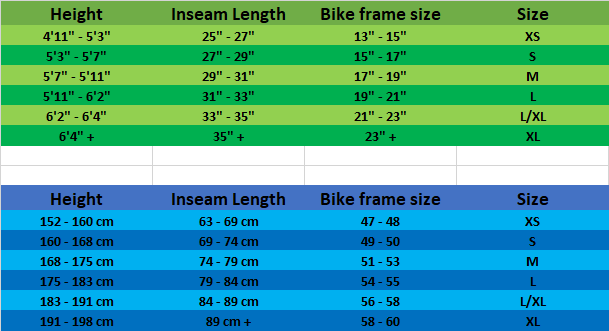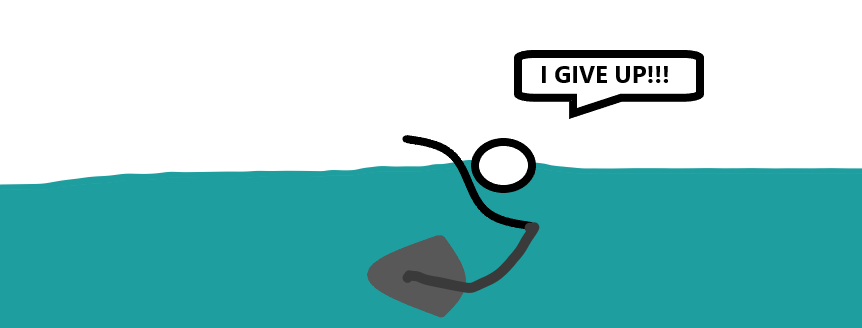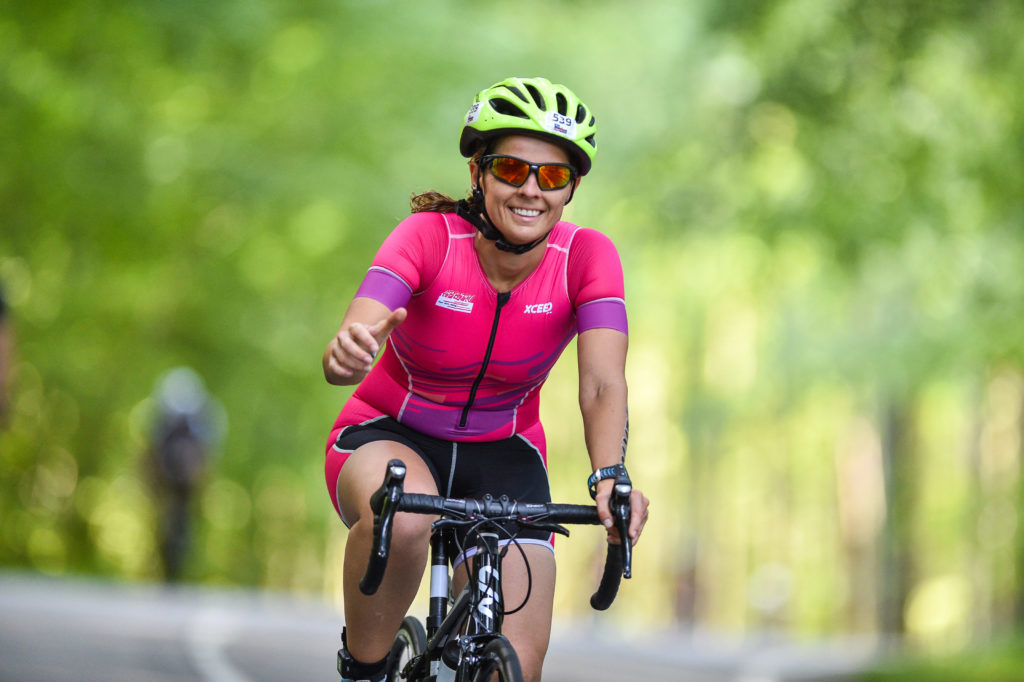Nutrition for endurance athletes can be divided into four categories:
- Every day diet
- Pre-race carb loading
- Fueling during a race
- Recovery nutrition
I am going to split this subject into four different posts. Let’s start with the first step: your every day nutrition.
Have you ever heard somebody say ‘I train x hours per day, so I can eat whatever I want’? Yeah, this is so untrue… At the very least you may end up overeating and gaining weight, but that’s an issue for a whole another post (coming in near future on this blog 😉).
Do I need carbs?
I once saw my coach post on Instagram how people don’t really need that much carbs in their diet. It took me a while to remember, but I finally asked her how I should reconcile that with carb loading instructions. Her response can be best described at ‘you’re not normal people; go eat your pasta’.
Well, normal people get about 45-65% of their calories (or should…) from carbs. The rest is split even-ish between fat and protein. Since these are nutrients that get stored in your muscle as glycogen, endurance athletes need more than an average person, so shift your meal composition accordingly. The good news is that you don’t need to eat it all in form of bread and pasta. Fruit is full of carbs – sugars are carbs! A lot of veggies abound in carbohydrates as well. It turns out tomatoes here are superstars! This might explain my love for pasta with tomato sauce 😜.
Conclusion for this section: make sure you eat plenty of carbs. I promise to talk way more about this macro nutrient in an upcoming article about carb loading for a race (or a long training run/ ride).
What about protein?
As a kid, I believed that protein can come only from meat. I think it’s appropriate for a meat-and-potato culture that hasn’t discovered vegetarianism at that point. During communist times, you eat what was available and ‘picky eater’ wasn’t really a thing. That has changed since and now non-meat-eaters have options. I have also learned that there are many plant-based sources of protein, like beans, nuts, broccoli or quinoa. This is not an all-inclusive list (I am not sure such a thing is even possible!), but you can always look it up if you need ideas. Americans tend to love their peanut butter, but I can’t get past the smell 🤢.
Depending on what sports you do and your current training phase, your protein requirements will vary. If you are working on bulking up or spending off-season on focusing on weight training and gaining power, then you will need about 2 grams of protein per kilogram of body weight per day. When you are doing actual endurance training, you will be looking at 1.4 grams. For comparison, ‘normal’ people should consume about 0.8 grams of protein per kilogram per day. Going back to note on plant-based protein – they are considered ‘incomplete’ protein, as they don’t have all essential amino acids and you will need to eat more protein.
Case for plant-based diet
Endurance athletes run higher risks of heart damage and plaque build-up in the arteries. As much as I never thought of the plaque, heart damage sort of makes sense. I knew that endurance athlete’s heart looks a bit different due to all the punishment it’s put through. Between that and the inflammations we are prone to, limiting meat is not a bad idea. Try fully plant-based if you are up to it, but if not – at least consider some meatless meals. It’s better for the environment, too!
The other macro nutrient: fat
It’s not a dirty word, really. I swear current society is obsessed with avoiding fat! There are reasons for that and yes, you should probably avoid fat in form on grease on your fries. Those are saturated fats. On the other hand, fatty fish, avocado, nuts, olive oil and eggs are good for you. Ok, the scientists go back and forth on eggs, so don’t overdo it. I mean everything can be bad if it’s done in excess, right? You need fats to give you energy, balance your hormones and form your brain and nervous system. There is one thing that only fat can do for you that’s super important: you need it to absorb some vitamins, like A, D, E and K, which don’t dissolve in water.
Should I take supplements?
I am not a fan of dietary supplements and anybody who knows me knows I believe in real food (which is an issue I will discuss when it comes to mid-race fueling). Hopefully, you can get everything you need from your diet. There are some items though that you should check and supplement if necessary.
Collagen
My coach makes me take it. It’s good for your skin, increasing your muscle mass, prevent bone loss and helping your joints. I wonder if it’s related to me being injury-prone… She swears by it and I decided a long time ago to trust her (and she gives me plenty of reasons to do so).
Iron
Endurance athletes do need more of it, especially women. If you are a meat-eater, it’s not that bad. But for all you vegans and vegetarians: consider it. I took iron in rather large doses when I was pregnant, so I have one warning: it’s not easy on your stomach.
Zink and magnesium
I hope you read my post about cramps… Please make sure you eat enough of them and if not, supplement.
Calcium
Unless you are lactose-intolerant, isn’t drinking a glass of milk or having a chunk of cheese better?
Fish oil
I did read advice before that eating fish speeds up recovery. I prefer fish to pills, but to each their own.
Vitamin C
This is an interesting thing I learned about during the lockdown. I read about a study questioning using vitamin C to improve your immune system. According to it, extra doses gave low marginal benefits to ‘normal’ people, but they did help endurance athletes. Extra long workouts deplete your stores of vitamin C. I am pretty sure it’s one of the reasons why endurance athletes get sick more often soon after a race (and they say your immune system is weakened by workouts longer than two hours of intense exercise).
Low calorie diets?
No. Just no. You have to make sure you have fuel to do your training. We will talk about changing your weight while you’re training in a couple of weeks, so if you are thinking about dieting, make sure to subscribe and you’ll get a notification about that post soon.
